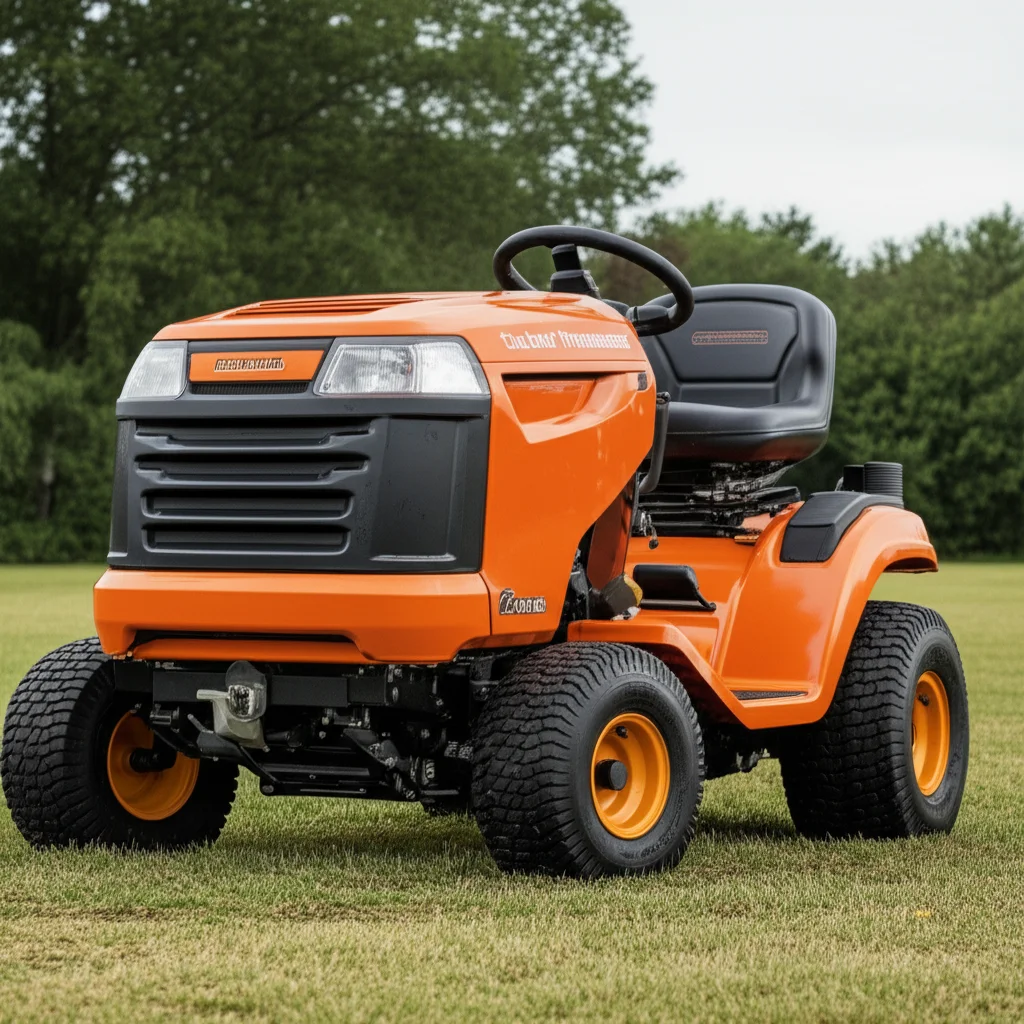· Lawn Mower Repair · 6 min read
Cub Cadet Transmission Problems

Cub Cadet Transmission Problems: A Comprehensive Guide
Is your Cub Cadet riding mower struggling with movement, making strange noises, or refusing to shift gears? You’re likely facing a transmission problem. These issues can range from simple fixes to more complex repairs, but understanding the common culprits is the first step to getting your mower back in working order. This article will walk you through the most frequent Cub Cadet transmission problems, how to diagnose them, and potential solutions. We’ll cover everything from fluid levels to complete transmission replacements, helping you save time and money.
Takeaway:
- Regularly check your transmission fluid level.
- Listen for unusual noises during operation.
- Address minor issues promptly to prevent major repairs.
- Consider professional help for complex transmission problems.
What are the common signs of a Cub Cadet transmission problem?
A failing Cub Cadet transmission often presents with symptoms like difficulty shifting, slipping gears, unusual noises (whining, clunking), or a complete loss of power to the wheels. These issues can significantly impact your mowing experience and require attention.
Understanding Your Cub Cadet Transmission Type
Cub Cadet mowers primarily use two types of transmissions: hydrostatic and gear-driven. Knowing which type you have is crucial for accurate diagnosis and repair. Hydrostatic transmissions use hydraulic fluid to transfer power, offering smooth, variable speed control. Gear-driven transmissions, on the other hand, rely on a series of gears and are typically found in less expensive models.
Hydrostatic vs. Gear-Driven: Key Differences
Hydrostatic transmissions are known for their ease of use and responsiveness, but they can be more complex to repair. Gear-driven transmissions are simpler and generally more durable, but they don’t offer the same level of smooth operation. If you’re experiencing issues with a hydrostatic transmission, you might want to explore resources on hydrostatic lawn mower transmission problems for more detailed information.
Common Cub Cadet Transmission Issues
Several problems can plague Cub Cadet transmissions. Let’s explore some of the most frequent ones.
Low Transmission Fluid
Low fluid is one of the most common causes of transmission problems. It reduces hydraulic pressure in hydrostatic systems or causes excessive wear in gear-driven systems. Check your fluid level regularly, following the instructions in your owner’s manual. Top up with the recommended fluid type – using the wrong fluid can cause further damage.
Worn or Damaged Drive Belt
The drive belt connects the engine to the transmission. A worn, cracked, or broken belt will prevent power from reaching the wheels. Inspect the belt for wear and tear, and replace it if necessary. A slipping belt can also cause intermittent power loss.
Internal Transmission Damage
Internal damage, such as worn gears, seals, or pumps, can lead to significant transmission problems. This often requires professional repair or replacement. Symptoms include loud noises, complete loss of power, or erratic movement. If you suspect internal damage, it’s best to consult a qualified mechanic.
Diagnosing Cub Cadet Transmission Problems
Accurate diagnosis is key to effective repair. Here’s a step-by-step approach:
- Check the Fluid Level: Start by checking the transmission fluid level.
- Inspect the Drive Belt: Examine the drive belt for wear and tear.
- Listen for Unusual Noises: Pay attention to any unusual sounds during operation.
- Test the Forward and Reverse Functions: Check if the mower moves smoothly in both directions.
- Look for Leaks: Inspect the transmission housing for any signs of fluid leaks.
If you’re having trouble pinpointing the issue, consider checking resources specific to your model, such as information on Cub Cadet XT1 transmission problems.
Repair Options for Cub Cadet Transmissions
The repair options depend on the severity of the problem.
Simple Fixes You Can Do Yourself
- Fluid Top-Up: Adding transmission fluid is a simple fix for low fluid levels.
- Belt Replacement: Replacing a worn drive belt is a relatively straightforward task.
- Cleaning: Removing debris around the transmission can sometimes resolve minor issues.
When to Call a Professional
- Internal Damage: Repairing internal transmission damage requires specialized tools and expertise.
- Complex Issues: If you’re unsure about the diagnosis or repair process, it’s best to consult a professional.
- Warranty Concerns: Attempting repairs yourself may void your warranty.
For more complex issues, a professional can accurately diagnose the problem and recommend the best course of action.
Preventative Maintenance for Your Cub Cadet Transmission
Preventative maintenance can significantly extend the life of your transmission.
- Regular Fluid Checks: Check the transmission fluid level at least once a season.
- Fluid Changes: Change the transmission fluid according to the manufacturer’s recommendations.
- Belt Inspections: Regularly inspect the drive belt for wear and tear.
- Proper Storage: Store your mower in a dry, sheltered location during the off-season.
- Avoid Overloading: Don’t attempt to mow excessively tall or thick grass, as this can strain the transmission.
Taking these steps can help prevent costly repairs down the road. You might also find helpful information on maintaining your mower’s overall health by exploring resources on Cub Cadet fuel pump problems.
Frequently Asked Questions (FAQ)
Q: How often should I change my Cub Cadet transmission fluid? A: Typically, you should change your Cub Cadet transmission fluid every 25-50 hours of operation, or at least once a year. Refer to your owner’s manual for specific recommendations.
Q: What type of transmission fluid does Cub Cadet use? A: Cub Cadet recommends using a specific type of hydraulic fluid for its hydrostatic transmissions. Check your owner’s manual for the correct fluid specification.
Q: Can I use a generic transmission fluid in my Cub Cadet mower? A: It’s generally not recommended to use generic transmission fluid, as it may not meet the specific requirements of your Cub Cadet transmission. Using the wrong fluid can cause damage.
Q: What does it mean if my Cub Cadet transmission is slipping? A: Slipping transmission often indicates low fluid levels, a worn drive belt, or internal transmission damage. It’s important to address this issue promptly to prevent further damage.
Q: How much does it cost to replace a Cub Cadet transmission? A: The cost of replacing a Cub Cadet transmission can vary depending on the model and the complexity of the repair. Expect to pay anywhere from $500 to $1500 or more, including labor.
Conclusion
Cub Cadet transmission problems can be frustrating, but with a little knowledge and preventative maintenance, you can keep your mower running smoothly for years to come. Remember to regularly check your fluid levels, inspect the drive belt, and address any issues promptly. If you’re facing a complex problem, don’t hesitate to seek professional help. By following these tips, you can ensure your Cub Cadet mower continues to deliver reliable performance season after season. Don’t ignore the signs – a well-maintained transmission is essential for a long-lasting and enjoyable mowing experience.
- Cub Cadet Transmission
- Hydrostatic Transmission
- Riding Mower Repair

